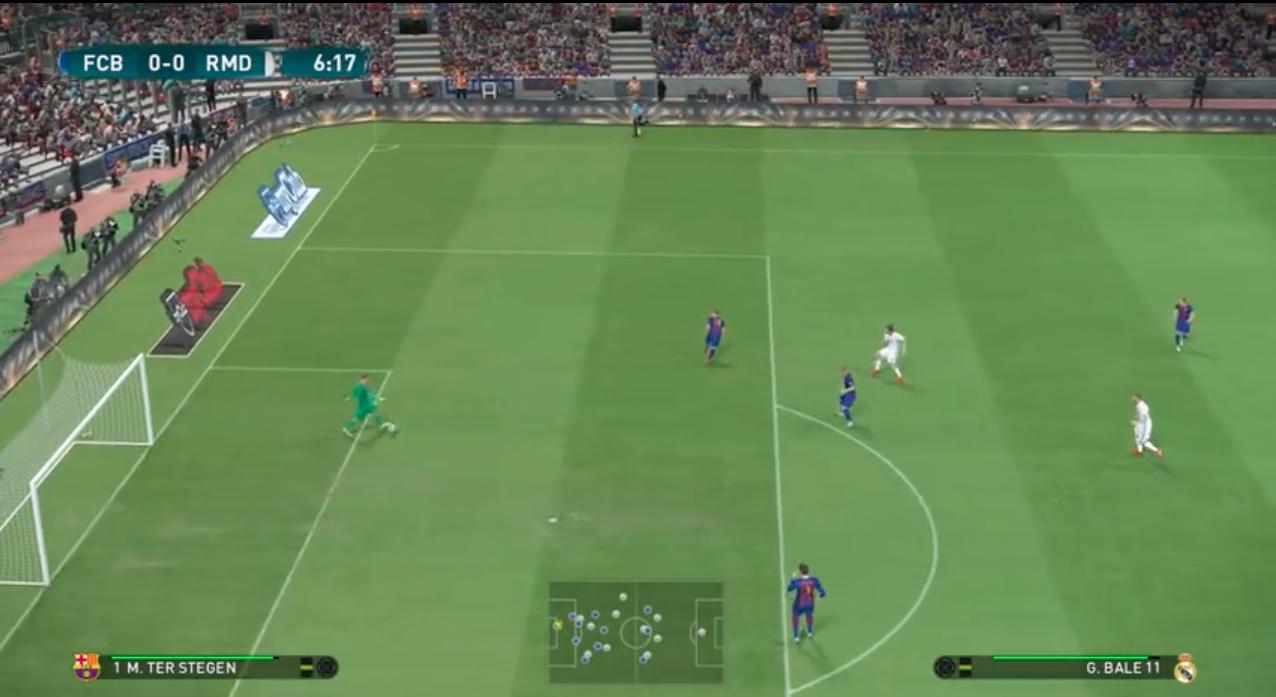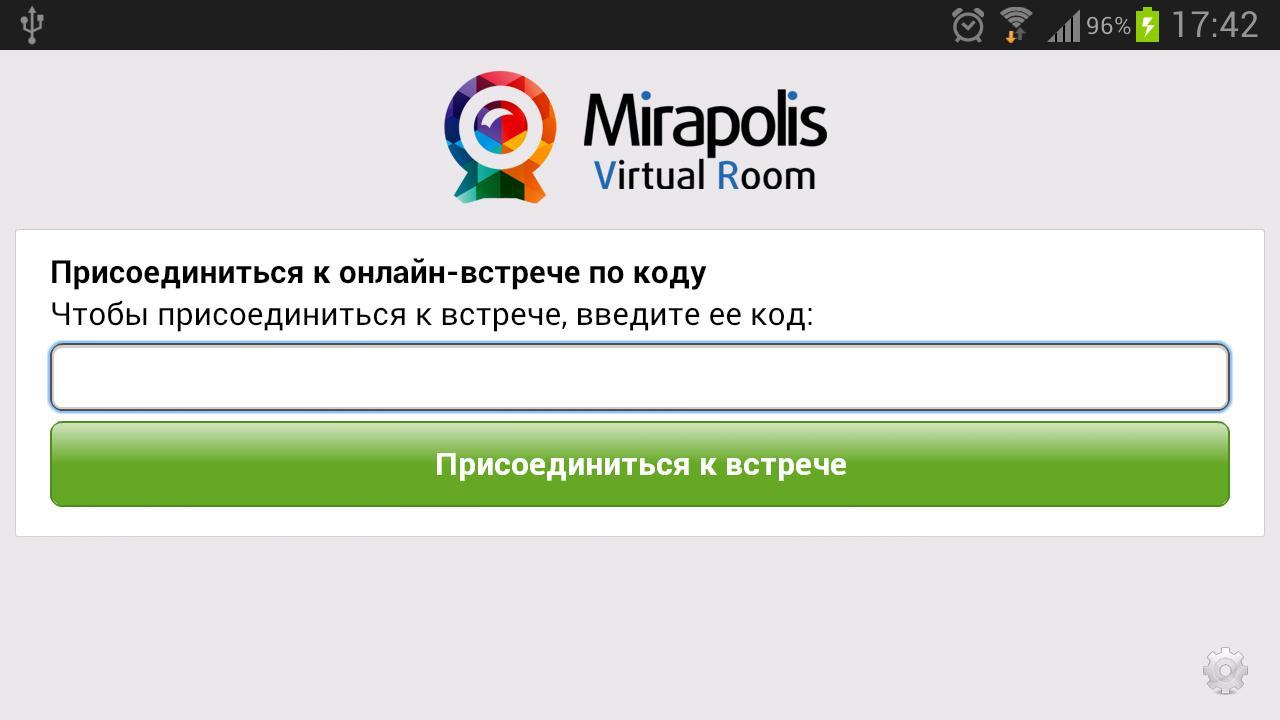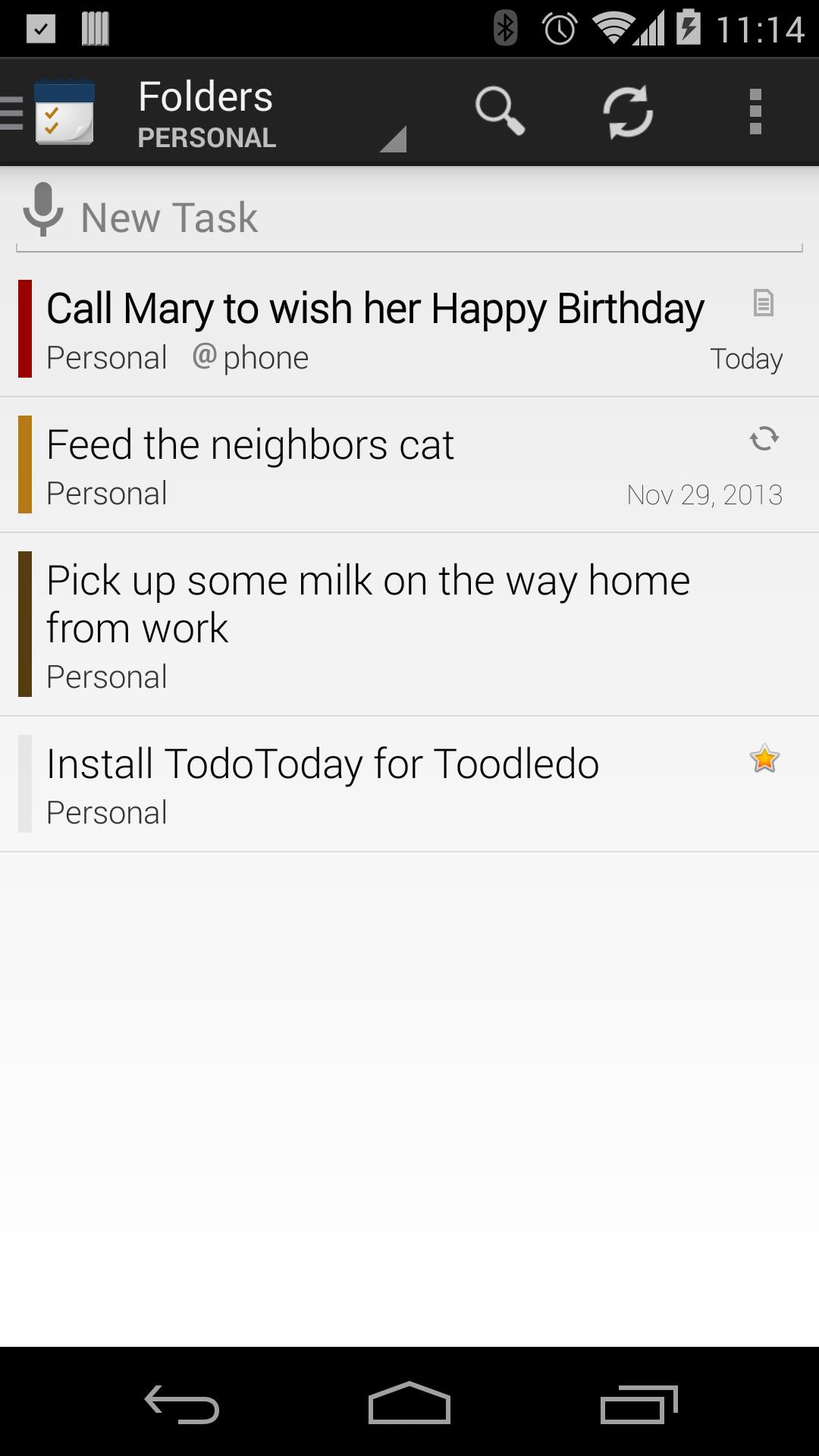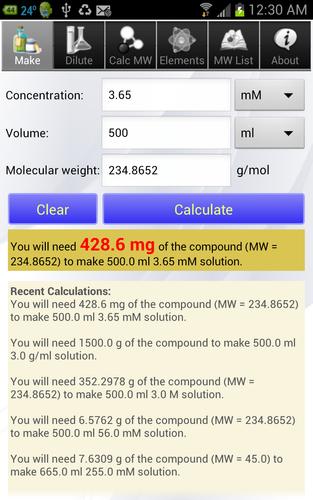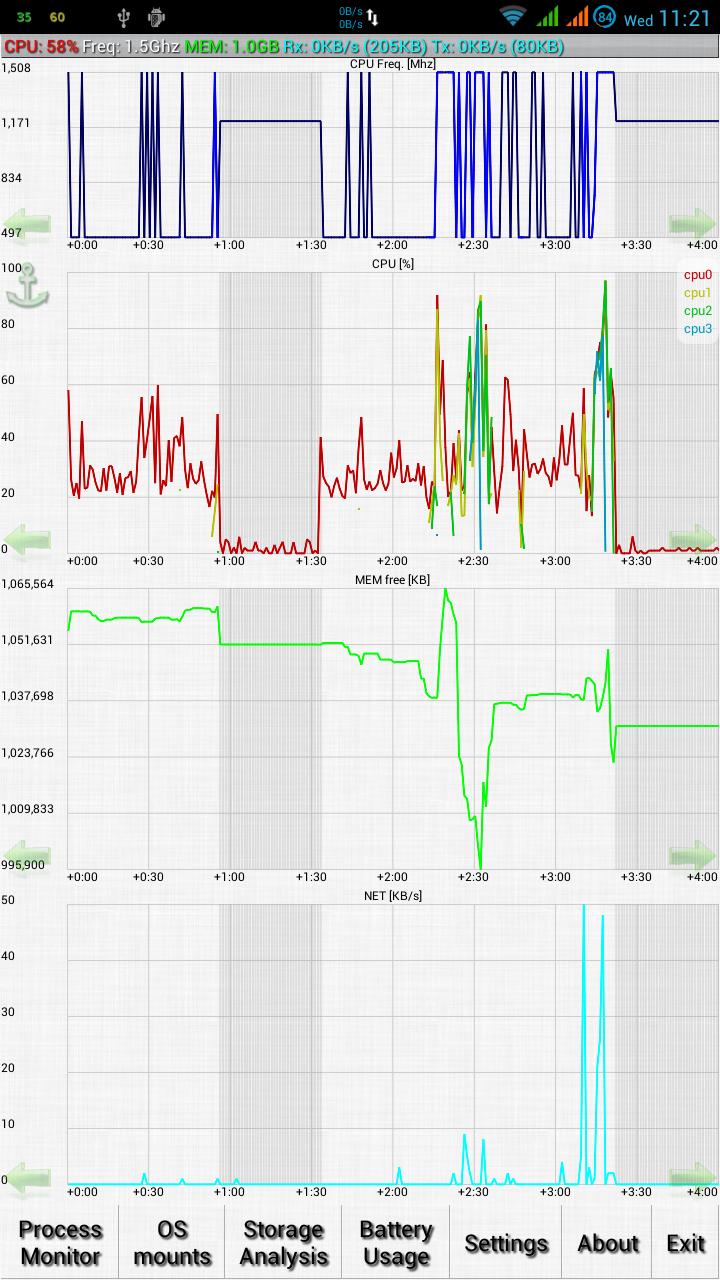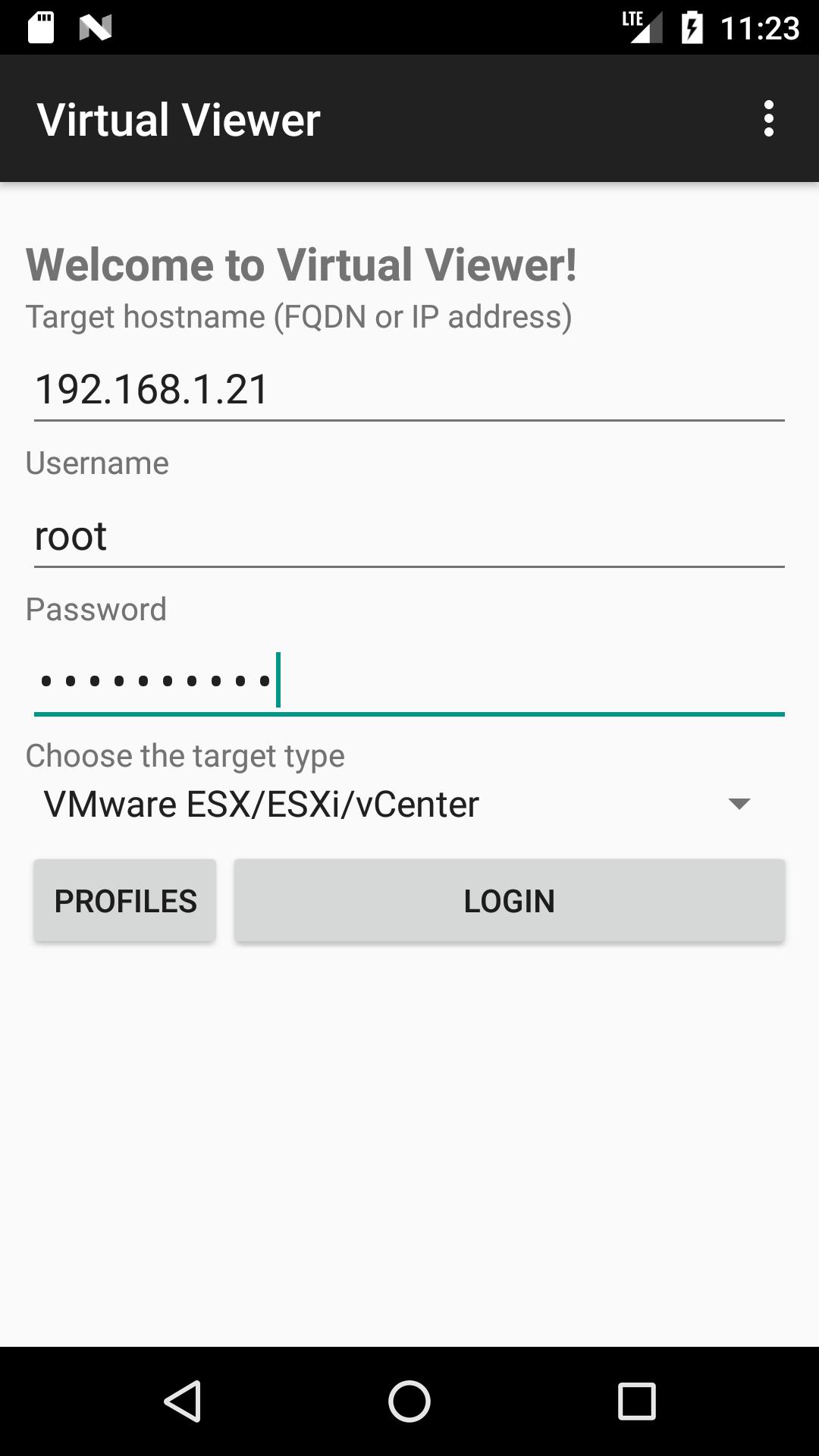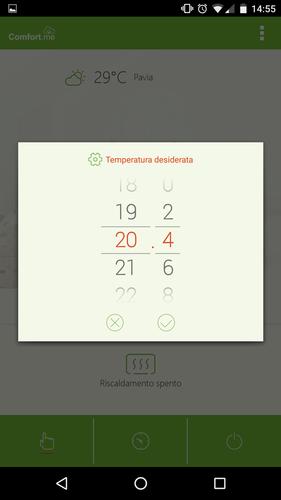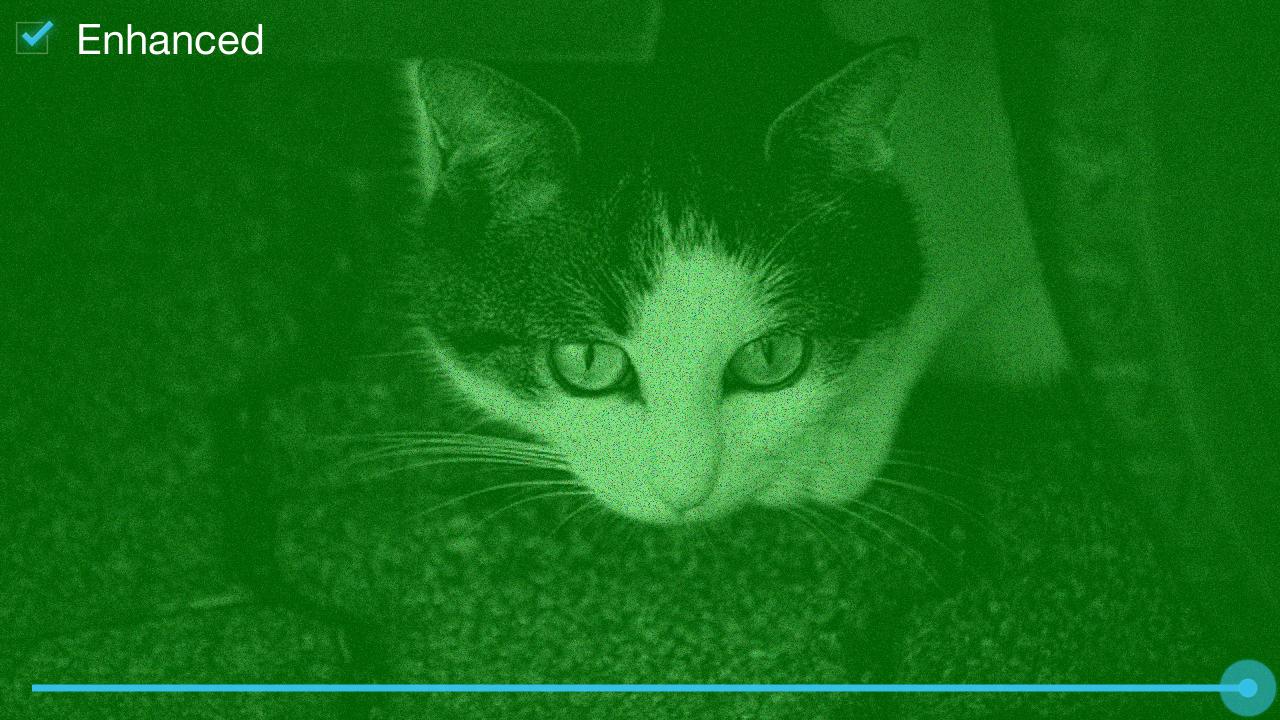
Chiangmai Air Quality Health Index or Chiang Mai Air Quality Index is created for Chiang Mai people to recognize the air quality. In all districts, both real time every minute
 Version
1.1.2
Version
1.1.2
 Package Name
org.cmaqhi.app
Package Name
org.cmaqhi.app
 Category
Practical Tools
Category
Practical Tools
 Size
16.03MB
Size
16.03MB
 Release Time
August 23, 2025
Release Time
August 23, 2025
Chiangmai Air Quality Health Index or Chiang Mai Air Quality Index
Created for Chiang Mai people to recognize the air quality. In all districts, both real time, every minute, hour and average in the past 24 hours, with an explanation of air quality index. And warnings to reduce the risk of air pollution in Chiang Mai health From the cooperation of many sectors with the following times
1. Doctors, nurses, scholars and those interested in studying small air quality In Chiang Mai University has gathered to talk Exchange knowledge Comments on the SUANDOK AIR ALERT LINE group from less than 10 people. Until now, there are nearly 200 people interested in consulting the effects of the health of tiny dust (PM2.5) that are high in the air during the fog season in Chiang Mai, which is caused by the burning of agriculture in the upper Northern region of Myanmar, Laos and lower China.
2. In the group there is a common opinion that the government by the Pollution Control Department Give advice to the people to protect themselves from the problem of haze that is incorrect as it should be. Resulting in a serious danger to the health of the people of Chiang Mai Due to the department Notify the air quality index using daily and annual average, only PM10, which cannot reflect the pollution level as well as PM2.5, although the air quality measurement station in Chiang Mai can measure PM2.5 for many years. Moreover, PM10 is used to divide the air quality index that is more than 2 times higher than the World Health Organization. (The average daily, the department uses PM10 120 mg./MP, while the World Health Organization uses 50 January/MP. The warning to the public by using data back 24 hours, only once a day, which is not enough for the people to use to reduce the risk of daily activities. Because the air quality index is high during the day
3. The group agreed that it was appropriate to bring the United States Environmental Protection Agency (EPA) due to clear academic evidence and many countries used. Chiang Mai University therefore has to create a website www. CMAQHI .org by bringing PM2.5 of Prof. Dr. Phisit Singjai, Faculty of Science. Chiang Mai University Which proceeded to install multiple Realtime checkpoints in Chiang Mai And in the first year, received air quality information from Climate Change Data Center, Chiang Mai University In order to be able to display air quality information, cover all districts in Chiang Mai thoroughly
4. On 2 April 2018, Prof. Chai Charn Phothirat, Faculty of Medicine Chiang Mai University Was a representative to provide information about the impact of smog pollution on the health of Chiang Mai people And the standards of the World Health Organization Air quality index with international standards With advice on warning people to be suitable for the governor of Chiang Mai And the team that attended the meeting to monitor the situation to solve the smog problem in the province And received advice from the meeting to ask the website www. CMAQHI .org warns with 2 air quality index. Both the index calculated from PM10 and PM2.5 to provide knowledge and understanding to those involved during the transition period and to prevent confusion. Which will try to create knowledge, understanding and awareness about PM2.5 to the society more widely
5. When the province is led by the governor of Chiang Mai And representatives of Chiang Mai University Have coordinated until the conclusion In the beginning of the announcement of the air quality index for the people of Chiang Mai on April 12, 2018 onwards
6. In the year 2019, Chiang Mai University Has supported the budget in the project "Returning Pure Breath to the people of Chiang Mai" in the installation of the air quality meter that uses a small sensor to complete 205 sub -districts in Chiang Mai province. In order to create a network of surveillance and alert the people from the impact of haze problems thoroughly in both urban and rural areas in Thailand.
February 2019, receiving a courtesy of Assoc. Prof. Dr. Panich Intha, Head of the Applied Electric Stadium Research Unit (RUEE), Rajamangala University of Technology Lanna Doi Saket, bring the air quality measurement machine with a small sensor to measure compared to the standard Teom1405f standard meter that has been certified by the US EPA and Prof. Dr. Phisit uses the relative humidity to adjust the value of the meter to compare as to the standard meter.

